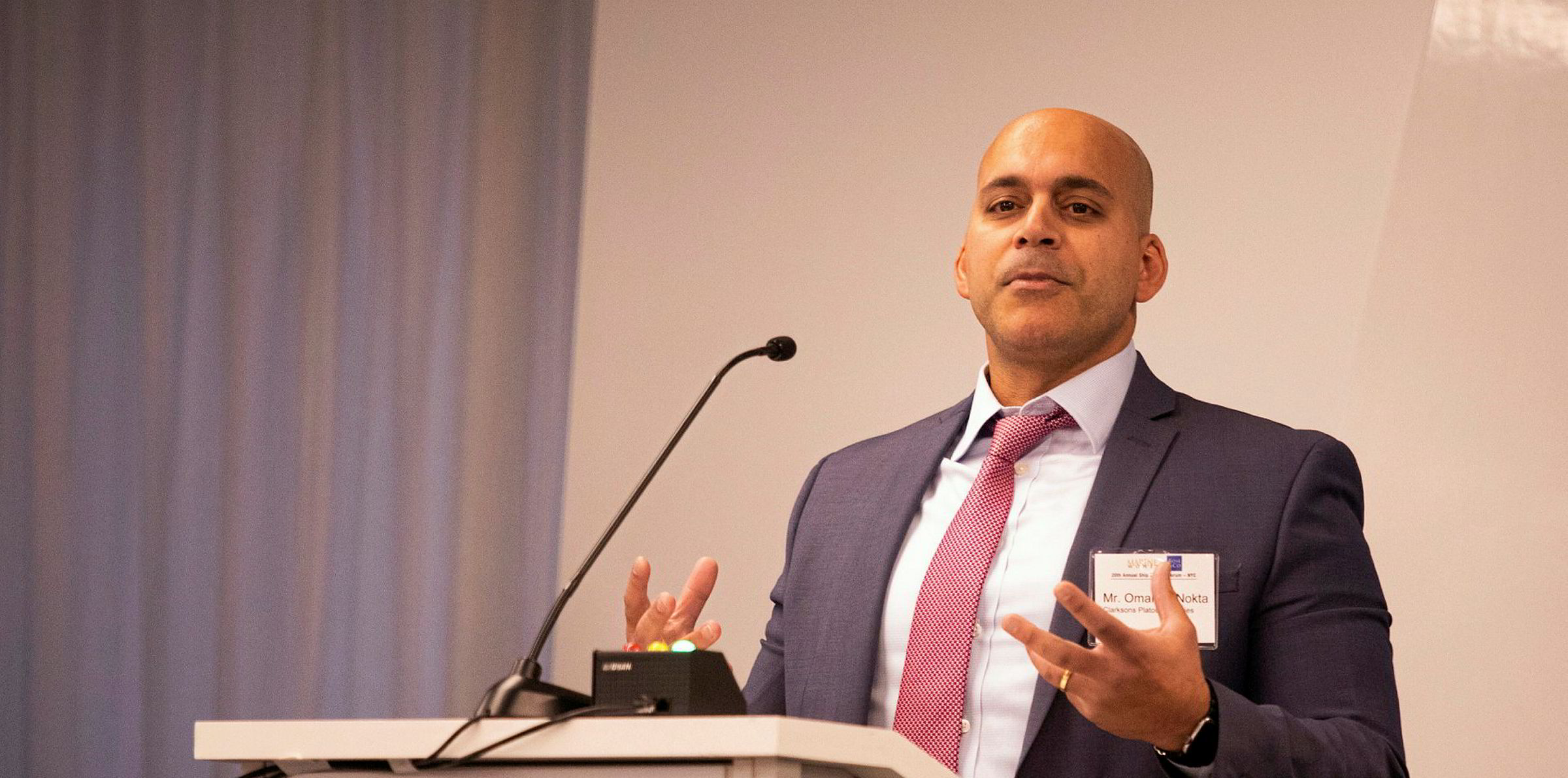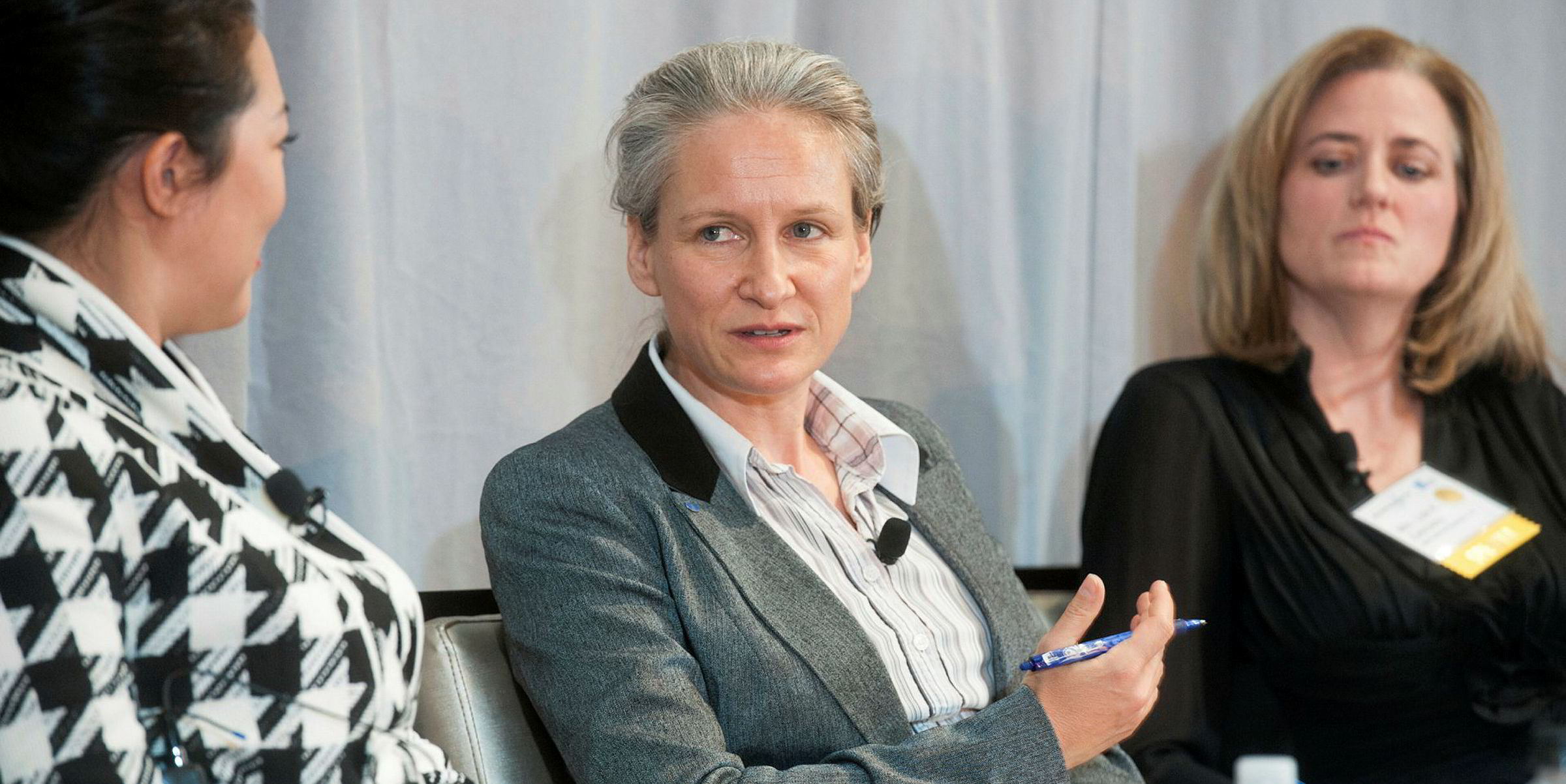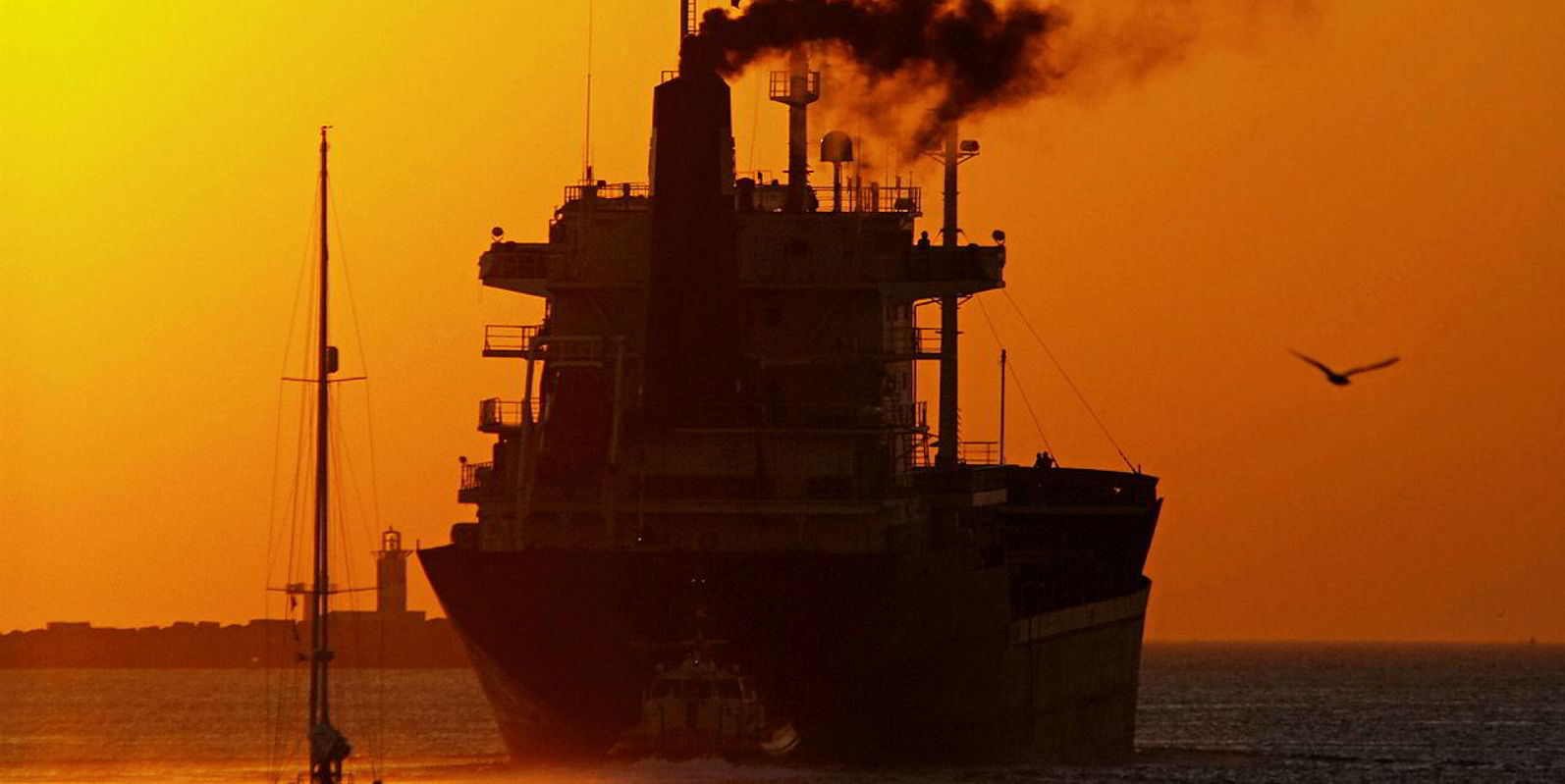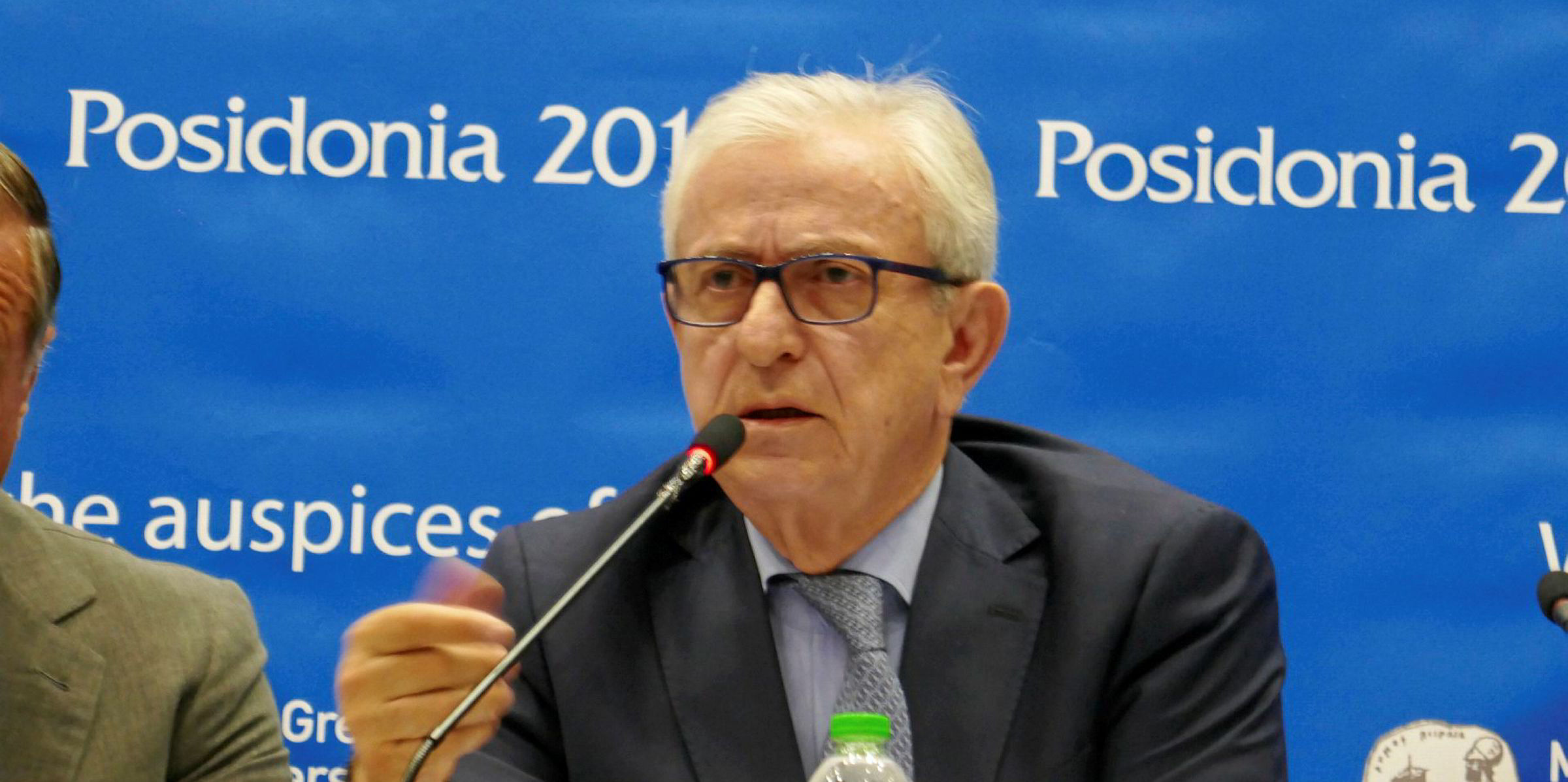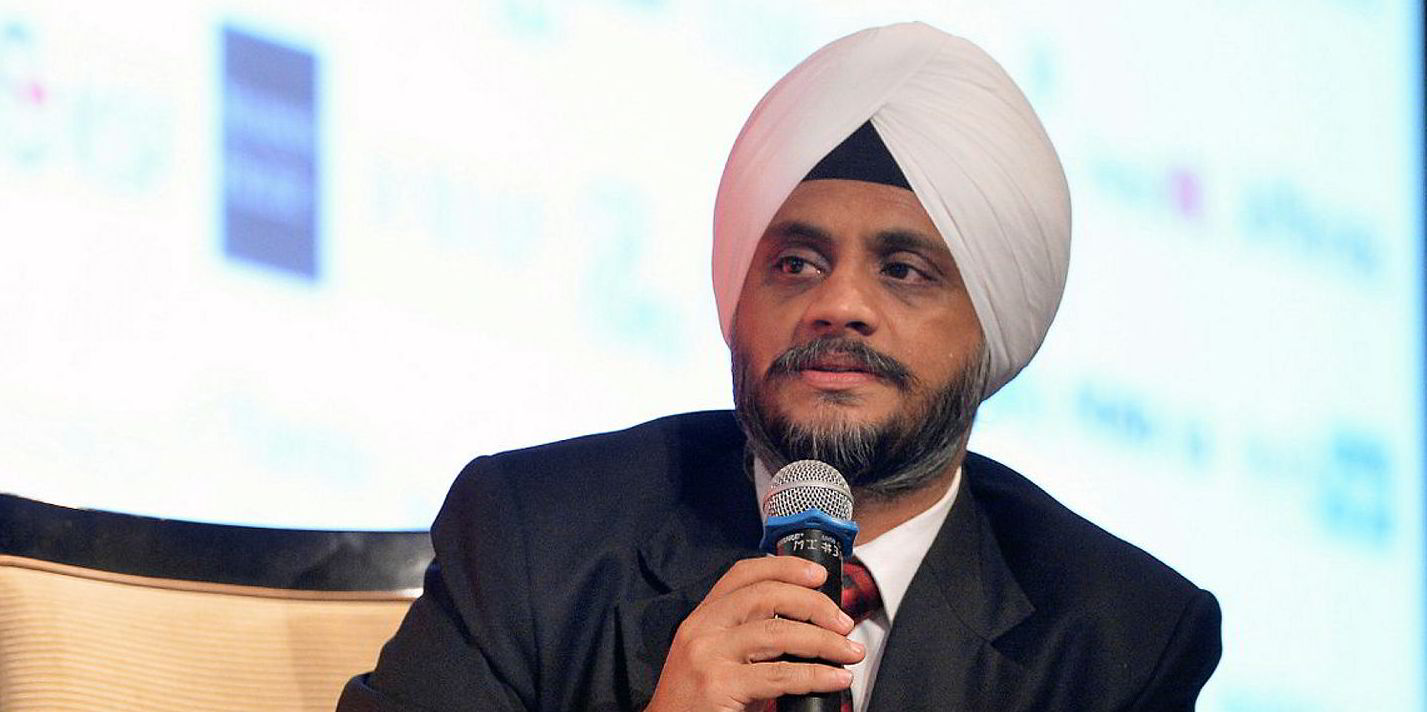Clarksons Platou Securities analysts have calculated that new European Union emissions rules could add $4,000 per day to an aframax tanker's operating costs.
The prediction by the investment bank's Frode Morkedal and Omar Nokta comes as shipping’s greenhouse gas emissions are to be included in the EU's Emissions Trading System (ETS) after the European Parliament voted to support a proposal agreed in July.
Under this scheme, shipowners and operators would need to buy EU carbon permits to cover emissions. The plan applies to ships of 5,000 gt and above.
The Clarksons Platou analysts said the move was no surprise, but it leaves questions as to how it will be implemented, what party in a charter contract is ultimately responsible for emissions payments, and what the effect will be on vessel speeds, propulsion types and profitability.
Voyage question is key
"The key question revolves around what portion of a voyage is subject to the ETS," Morkedal and Nokta said.
Emissions from a voyage between two European ports would be included 100%.
But the picture for trips with only a loading or a discharge in Europe is more unclear, they added.
"There are reports that the entirety of the voyage is subject to the ETS, whereas others suggest only the portion within European waters is subject to the ETS," the analysts said.
Airlines are subject to the ETS for only the portion of travel between European airports until December 2023.
As for the effect on the bottom line, the analysts gave the example of a tonne of bunker fuel emitting 3.1 tonnes of CO2 when consumed.
Aframax example
An aframax tanker with a fuel burn of 40 tonnes per day faces around $4,000 per day of potential added cost at today’s allowance certificate prices, they calculated.
"Where the EU officially sets the emission threshold will be key in determining how much of that 40 tonnes of daily fuel burn will need allowance certificate purchases as an offset," Morkedal and Nokta said.
Those with emissions that exceed the allowances face heavy penalties, while those with net allowances are able to roll them into future periods.
Companies with high-emission assets need to buy additional allowances from those with lower emissions.
Certificates near all-time highs
"Currently these allowance certificates, which allow the owner to emit one tonne of carbon dioxide, are trading near all-time highs of €30 ($35.37) per certificate," said the Clarksons Platou analysts, whose bank is an arm of shipbroker Clarksons.
The EU will carry out several studies in the coming months to come up with a plan of action by June 2021.
Shipping could be included from 2022 or 2023, the analysts said.
"What is becoming increasingly obvious for the shipping sector is that, while there remains significant uncertainty as to proper propulsion systems and the required capital costs associated with them, there are increasing incentives, pressures and costs to accelerate the shift towards greener fuel alternatives," Morkedal and Nokta said.
LNG could be a winner
They believe LNG is a potential transition fuel for the next decade, with ammonia and hydrogen increasingly becoming more realistic long-term options.
"All three require significant investment in order to produce, source and distribute fuels across the globe," they said.
With the shipping sector faced with joining the EU ETS, and the potential for this to widen globally, older vessels are looking at an even costlier operating profile in the future, the analysts warned.
They see slow-steaming as a natural response, but excessive use of this tactic comes at the expense of revenue potential.
Wave of scrapping to come
"Thus we see a large wave of scrapping and an increase in newbuilding orders in the coming years," the analysts said.
Clarksons Research, another Clarksons division, has calculated that the orderbook stands at a 31-year low in terms of its ratio to the operational fleet.
Tanker owners' association Intertanko last week hit out at the ETS move.
The organisation said the scheme threatened to damage attempts to come to an agreement on reducing global carbon emissions at the IMO, and would hit the shipping industry with a €3.5bn tax bill.
And, on Monday, bulker group Intercargo came out against the plan.
Intercargo said: "Far from being a meaningful contribution towards meeting those objectives, this move is, instead, a confirmation of how distanced the thinking of European decision-makers is from the global dimensions of the shipping sector."
The body believes the scheme risks causing trade retaliation, an increase in emissions and the decline of European ports.
Transhipment centres set up?
"There is a danger that transhipment centres will be set up just outside EU borders and served by large, efficient bulk vessels," Intercargo said.
"Smaller, less greenhouse-gas efficient ships will then transport cargoes to EU ports, which will lose efficiencies gained through technology and size. In short, carbon leakage will take place."
Intercargo secretary general Kostas Gkonis said: "Bringing these key stakeholders aboard has arguably been the greatest challenge for IMO. One more challenge has now been added: changing the thinking of narrow-minded regional decision-makers and persuading them to see the broader picture."
He accused the scheme of being "basically a money collection mechanism".
